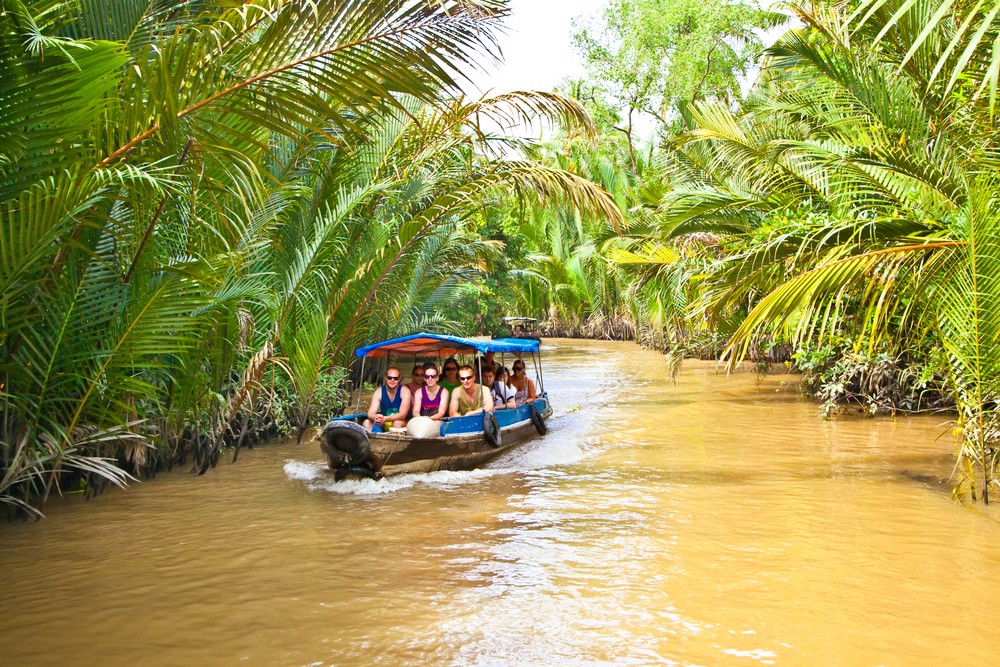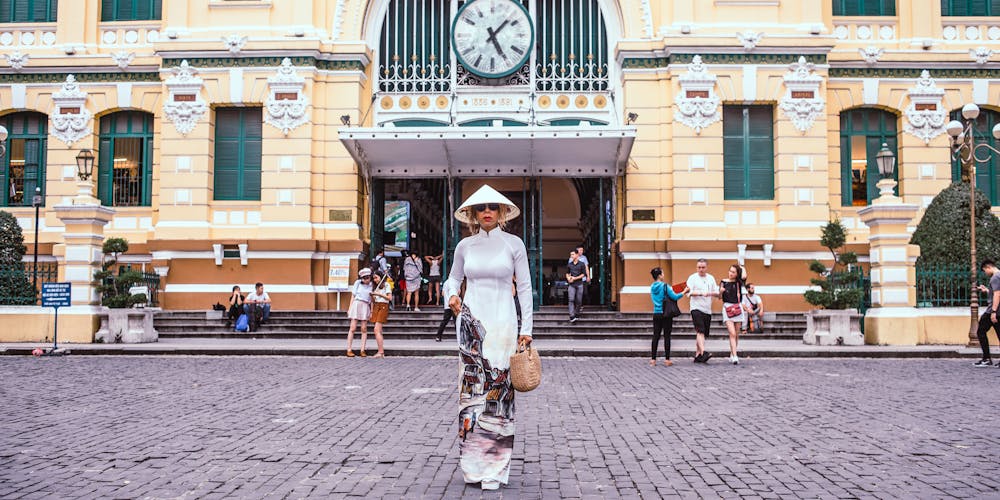Vietnam offers a generous dose of Southeast Asian magic any time of year, but some seasons are easier for travelers than others.
A lot depends on what you’re looking for on your trip: If it’s beach time on the Central Coast, you’ll probably want to stick to the drier months, February to June, before the summer crowds arrive; If you are here to trek in the highlands, October to March is the optimal season.
It is important to note that the weather can vary greatly while traveling in Vietnam. The country stretches 1,650 kilometers (1,025 miles) from north to south, encompassing high mountains in the north and flat tropical wetlands in the Mekong Delta. In the north, it can be very cold in winter; From December to February, the highlands around Sapa can see snow while the Delta enjoys 25°C (77°F).
To help you plan the perfect trip, here’s our guide to the best times to visit Vietnam.
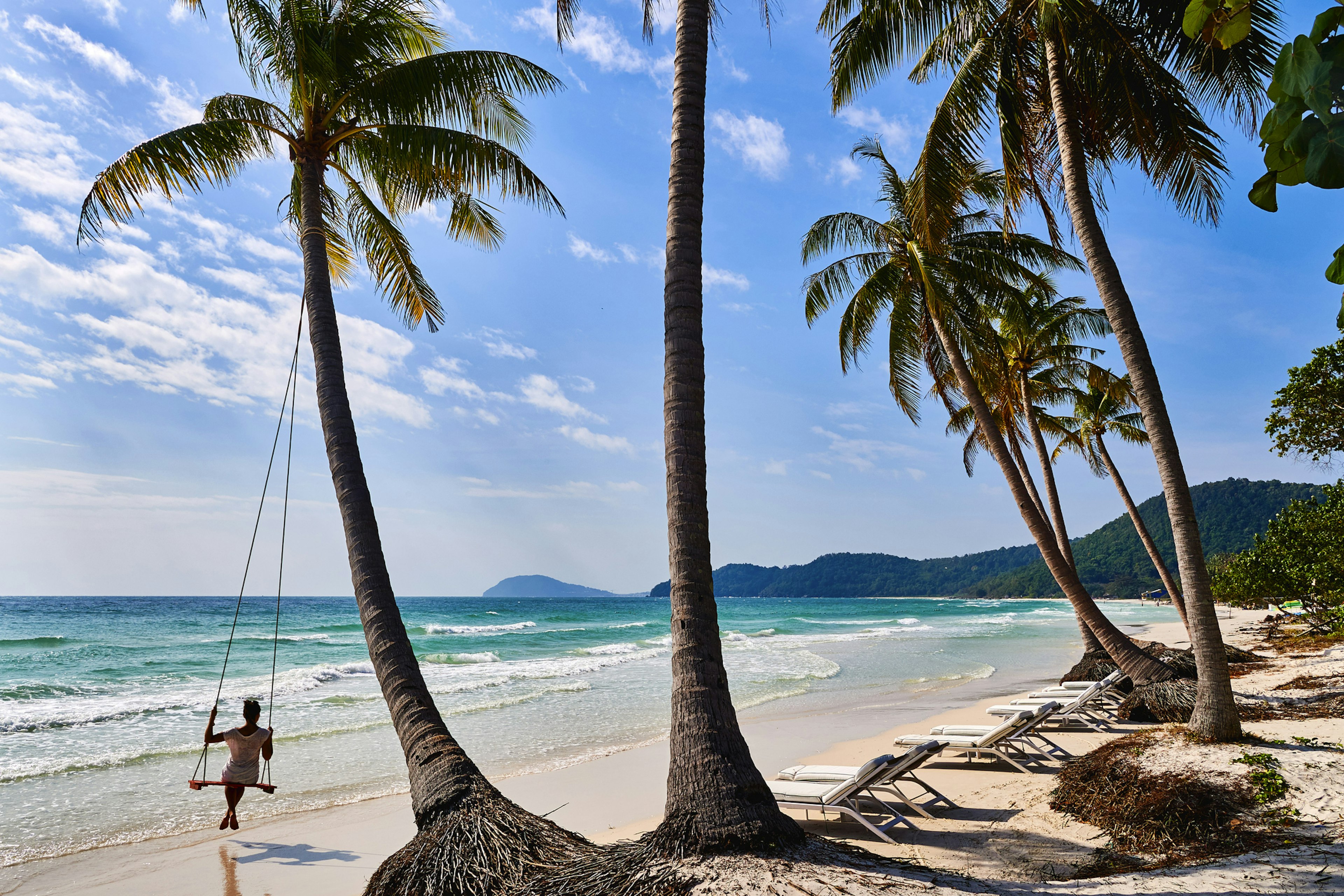
July and August are the best months for beach lovers.
The hot and sticky peak season of July to August is the busiest time of year to visit Vietnam, coinciding with favorable weather on the beaches of the central coast. Demand for flights is skyrocketing and accommodation prices can increase by up to 50% in tourist areas such as Danang and Nha Trang. Book flights and hotels well in advance and expect crowds on the sand at all the popular resorts.
The rest of the country is hot and humid, and sunny days are punctuated by spectacular summer monsoon showers and even the occasional typhoon on the coast. This is a bad time of year to visit the north, as hiking trails turn into quagmires and Hanoi and Halong Bay are soaked by heavy rain. In the festival calendar, on Trung Nguyen (Day of the Wandering Souls, also known as Vu Lan) in August, large quantities of food are left for the spirits.
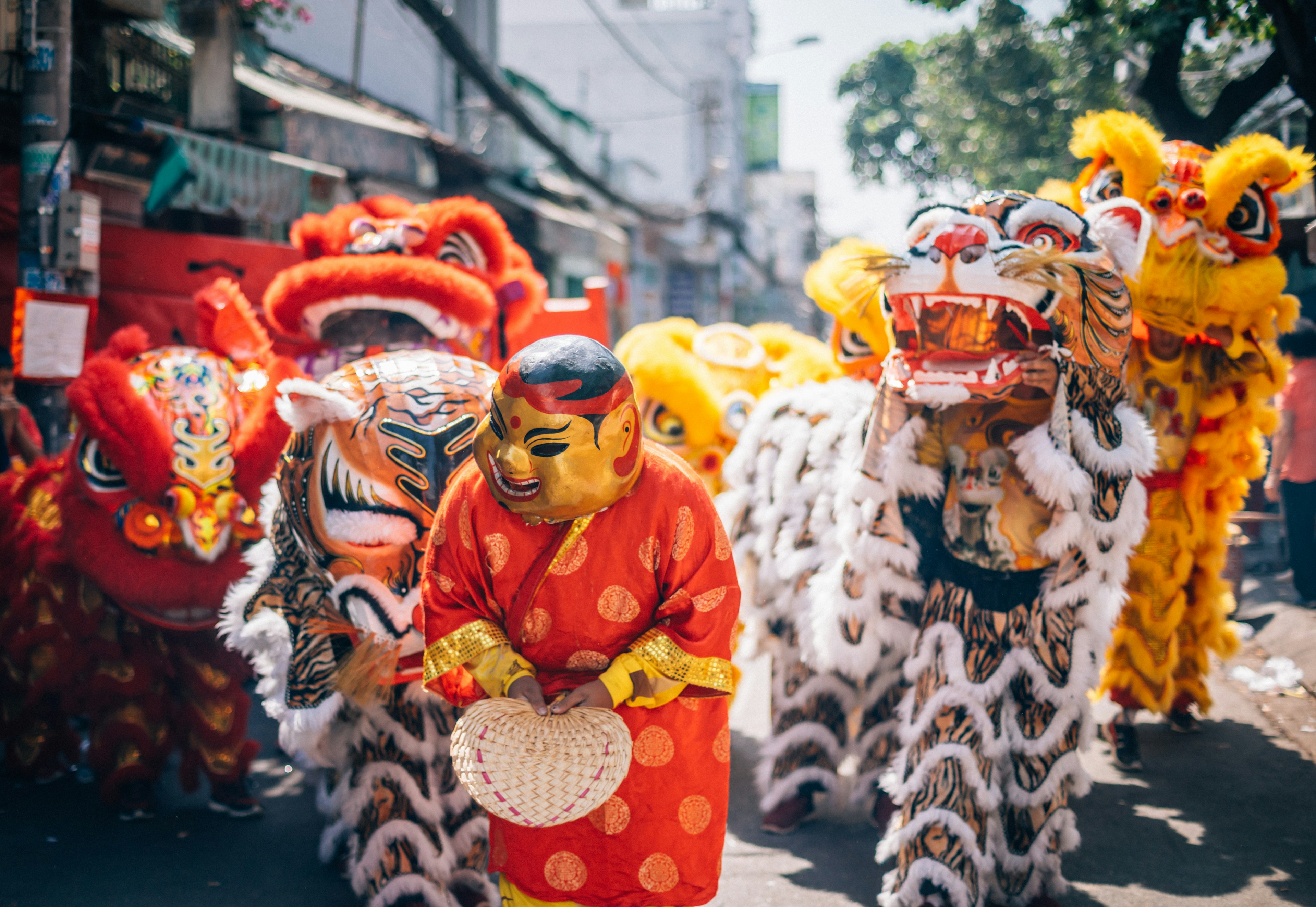
December to March is the season to visit Hanoi and Ho Chi Minh City (HCMC)
Winter in Vietnam tends to be drier and cooler than the sticky summer, and the weather can be downright cold in the north, particularly in the higher areas. However, this is the perfect time to explore Vietnam’s northern and southern capitals, with manageable temperatures and low humidity making it easy to explore Hanoi and Ho Chi Minh City (HCMC) on foot.
If you want to see more of the country, this is also a good time to head to the Mekong Delta and Phu Quoc Island, with warm (not scorching) temperatures and clear skies. However, as April approaches, the mercury begins to rise to uncomfortable levels in the south.
Another obstacle to easy travel is the Tet festival – officially, Tet Nguyen Dan – which marks the Vietnamese Lunar New Year, in late January or early February. The entire country is on the move and transportation and hotel prices are skyrocketing.
In December, the biennial Flower Festival brings fragrant flowers, performances, wine and music to Dalat, while the annual Buon Ma Thuot Coffee Festival in March attracts lovers of a good beer. Christmas Day, known in Vietnam as Le Giang Sinh, is a big event for the Catholic community in Ho Chi Minh City.
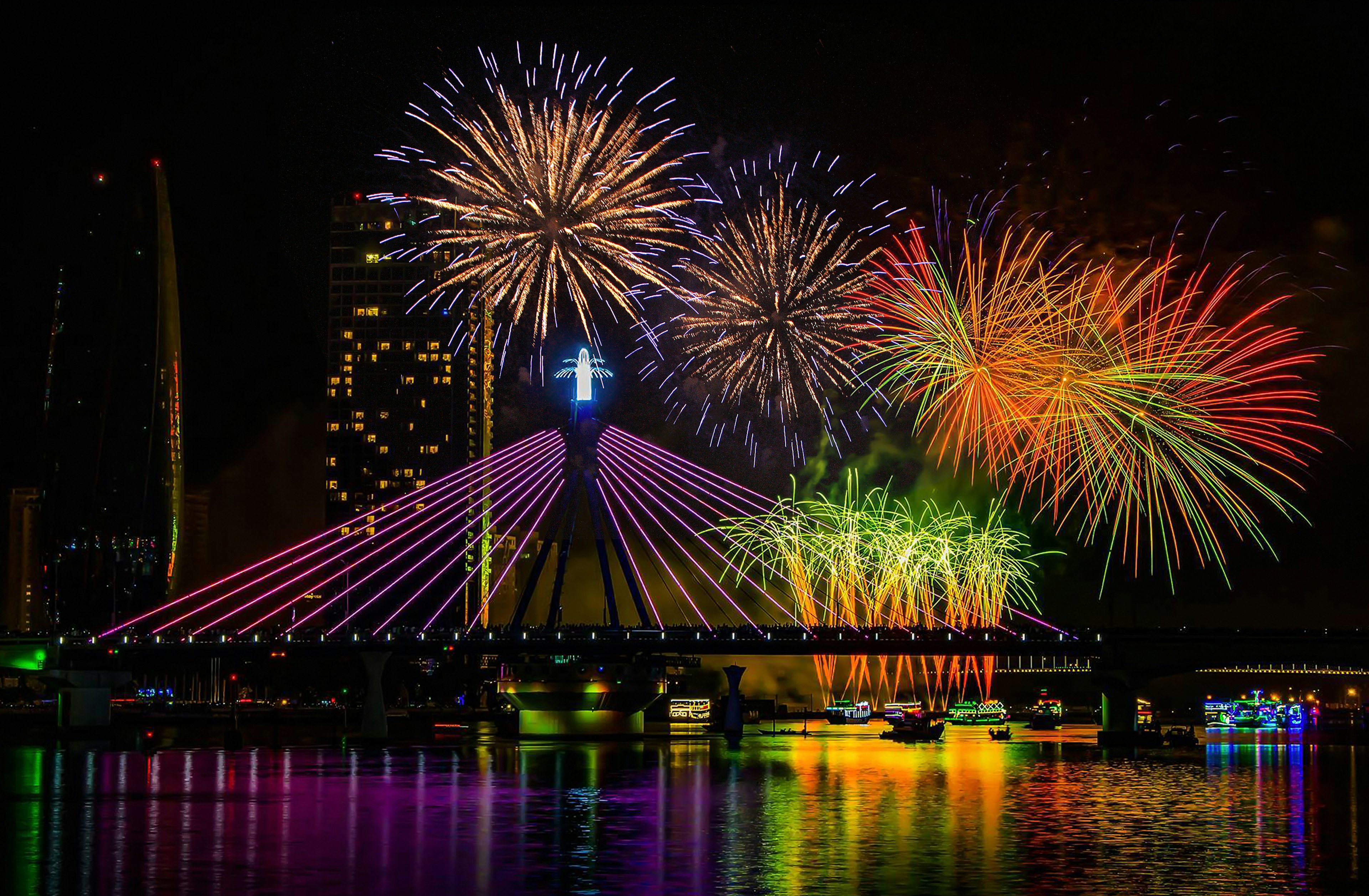
Visit from April to June and from September to November to avoid crowds.
The low season in Vietnam coincides with the transition from cool, dry winter to hot, humid summer and vice versa. From April to June and September to November, the weather is usually unstable, but rarely extreme. You may have days of glorious sunshine, but there will also be days of rain, so pack for dry and wet weather.
These transition periods are good times to avoid crowds at attractions, save money and explore the entire country, since the weather is not particularly bad anywhere. The October-November window is particularly favorable for exploring the islands and outcrops around Halong Bay (and its quieter, less commercial neighbor, Bai Tu Long Bay), with more dry than wet days and mild temperatures.
There are also some good festivals. Held in Hue in April, May or June, the biennial Hue Festival fills the city’s historic citadel with color, music and lights, while the Nha Trang Sea Festival brings a similar party atmosphere to Nha Trang every two months. June. Vietnamese Buddhists celebrate the life of Buddha with extravagant street processions in May for Phat Dan, best experienced in Ninh Binh or Ho Chi Minh City. Pyrotechnics enthusiasts of all kinds gather in Danang in June (or sometimes July) for the explosive Danang Fireworks Festival.
In the pre-winter season, try to be in Hanoi on September 2, as Vietnam National Day brings energetic rallies and fireworks to Ba Dinh Square and boat races to Hoan Kiem Lake. Tasty festive foods pop up everywhere for Trung Thu, the Mid-Autumn Festival, in September or October, while dragon boats cruise the waterways of the Mekong Delta for the Khmer Ok Om Bok Festival in October or November.
Visit Vietnam during typhoon season
Technically, typhoon season in the Pacific Northwest runs from May to November, but in Vietnam, the highest risk of storms is from August to September. The country experiences four to six typhoons a year on average, characterized by heavy rain and strong winds. Occasionally, intense storms cause flooding and disruption to transportation, especially by air and sea.
The areas most affected by typhoons are the southern coast and the far north (including Halong Bay). The climate tends to be harsher near the coast; Inland, heavy rain and occasional power outages are possible. This is a time to be cautious but not paranoid: monitor weather reports and prioritize land-based activities over boat trips, beaches and diving.


